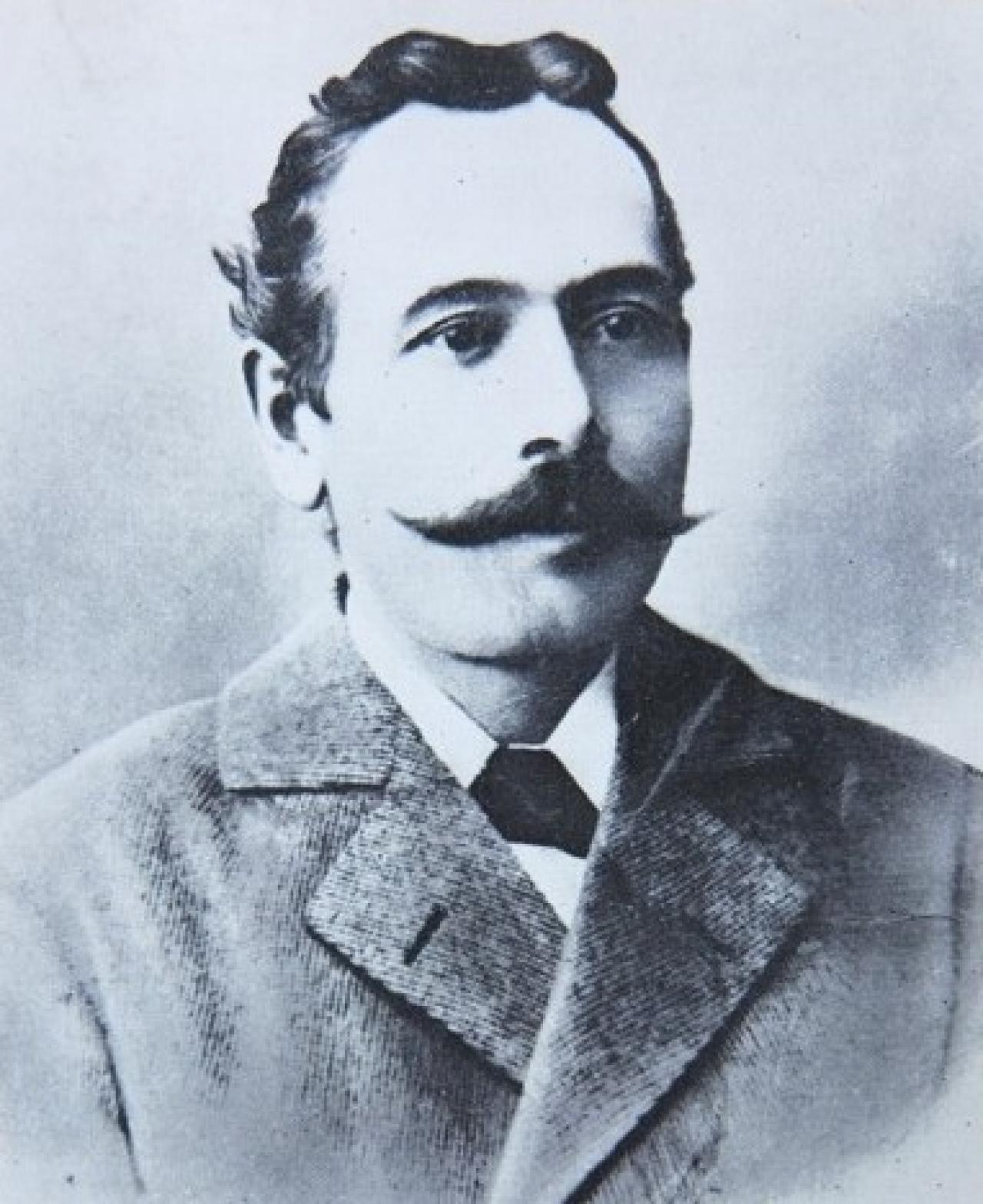Jan Říha, born in Chlumec nad Cidlinou, started out as an apprentice carpenter, but during his apprenticeship he devoted himself to breeding insects and cultivating plants. When he was still starting out as a breeder he won an award from the Czech Silk Union for his silkworm breeding. After completing his apprenticeship he began to work as a horticultural labourer and eventually went from being a carpenter to becoming a highly talented gardener. He devoted himself to breeding and was involved in the preparation of the Jubilee Provincial Exhibition in 1891. This earned him the post of district pomologist in Chlumec, enabling himself to focus fully on new varieties, particularly of fruit trees. He travelled abroad, was in contact with experts in Europe and worked on his own varieties. His name became famous within the pomology community in many countries. In recognition of his efforts and talent, in 1919 the Ministry of Agriculture commissioned him with the task of establishing a fruit nursery in Chlumec. There, Říha amassed more than 2 000 fruit tree varieties, thus laying the foundations for what would later be the fruit arboretum in Újezd near Průhonice, which was built by Říha’s pupils after his death. During his life Říha came up with several successful varieties, which were used by gardeners and orchard keepers all over the country. The most famous of these is clearly the “Vackova” cherry from 1893. Říha spent much of his career compiling and writing atlases and catalogues of varieties. The most comprehensive of these is České ovoce [Czech Fruit], a work in several volumes that was not published until long after his death. The commemorative plaque on the house in which he lived during his time in Chlumec nad Cidlinou was placed there by the Czechoslovak Fruit Growing Union.




